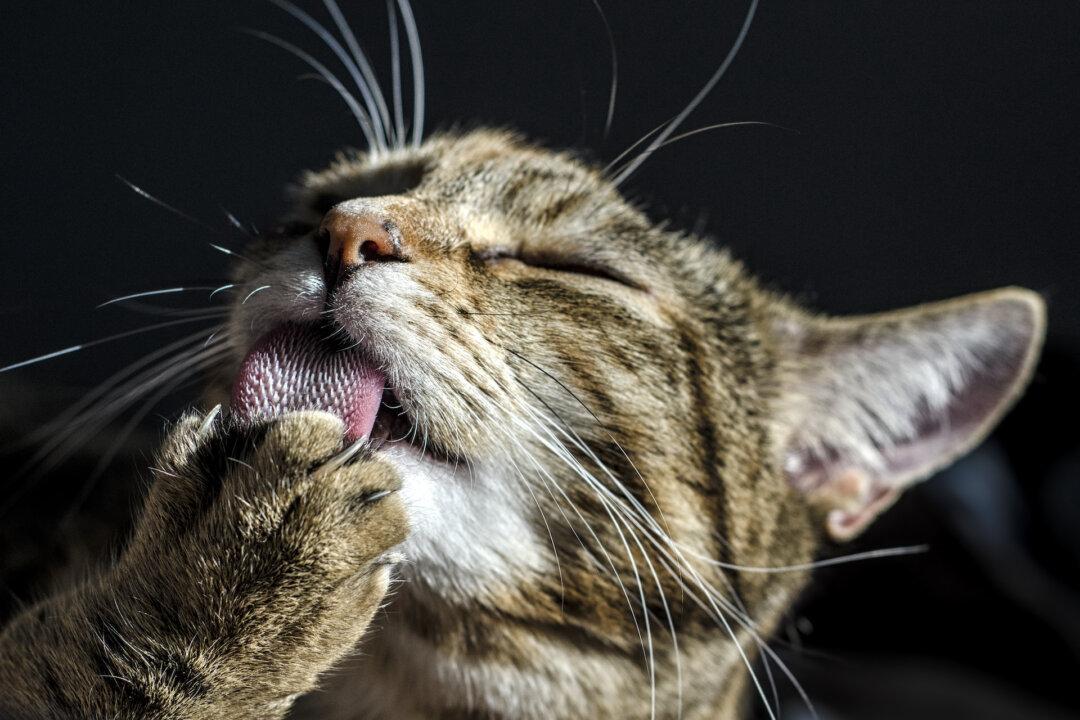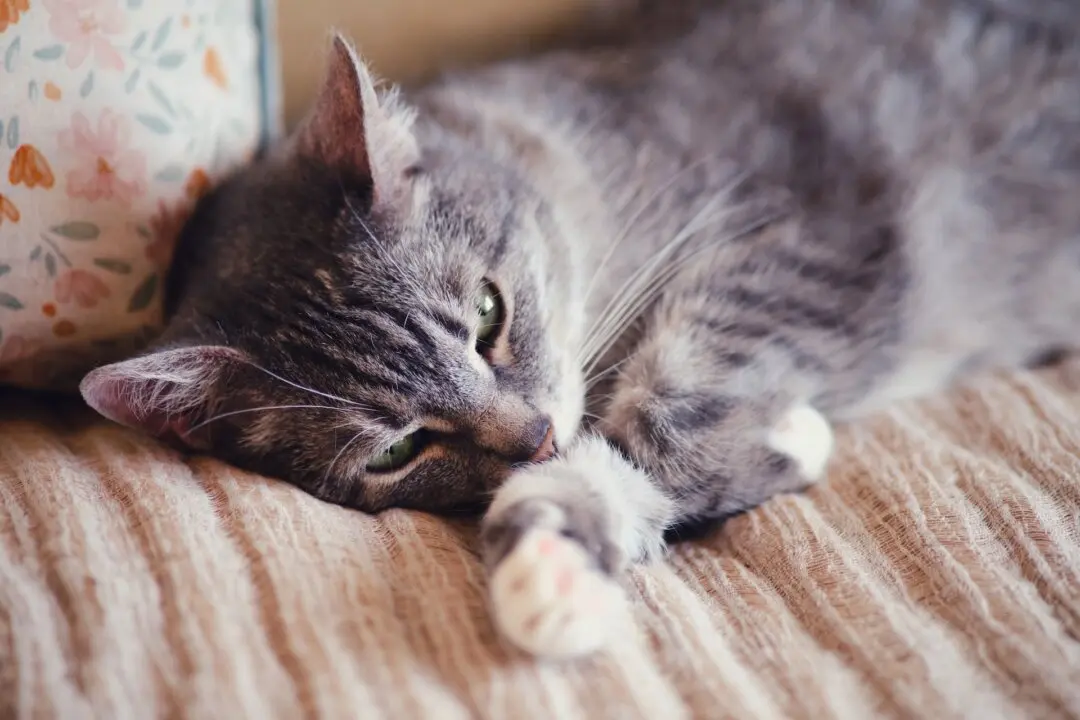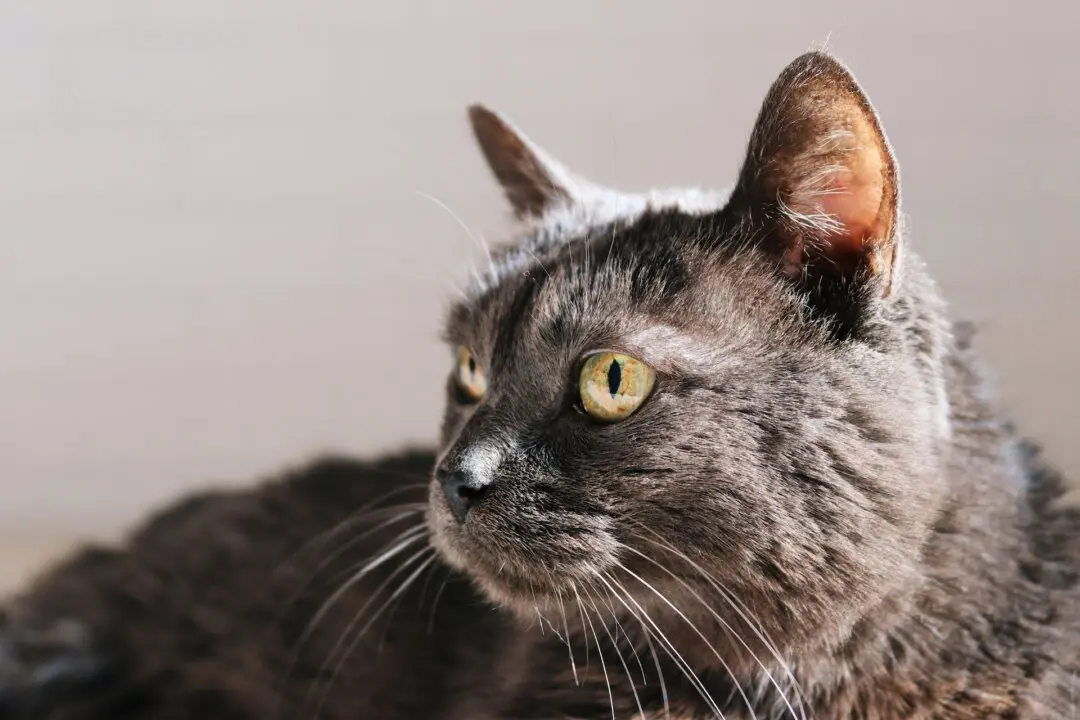Q: I recently adopted a kitten named Joy from a rescue that prohibits declawing. When I signed the adoption agreement, I planned to have her declawed anyway. Now that it’s time to make the appointment, I feel uneasy. What are the advantages and disadvantages of declawing?
A: The term “declaw” is a euphemism for the elective amputation of all toes of the cat’s front paws or front and hind paws.





